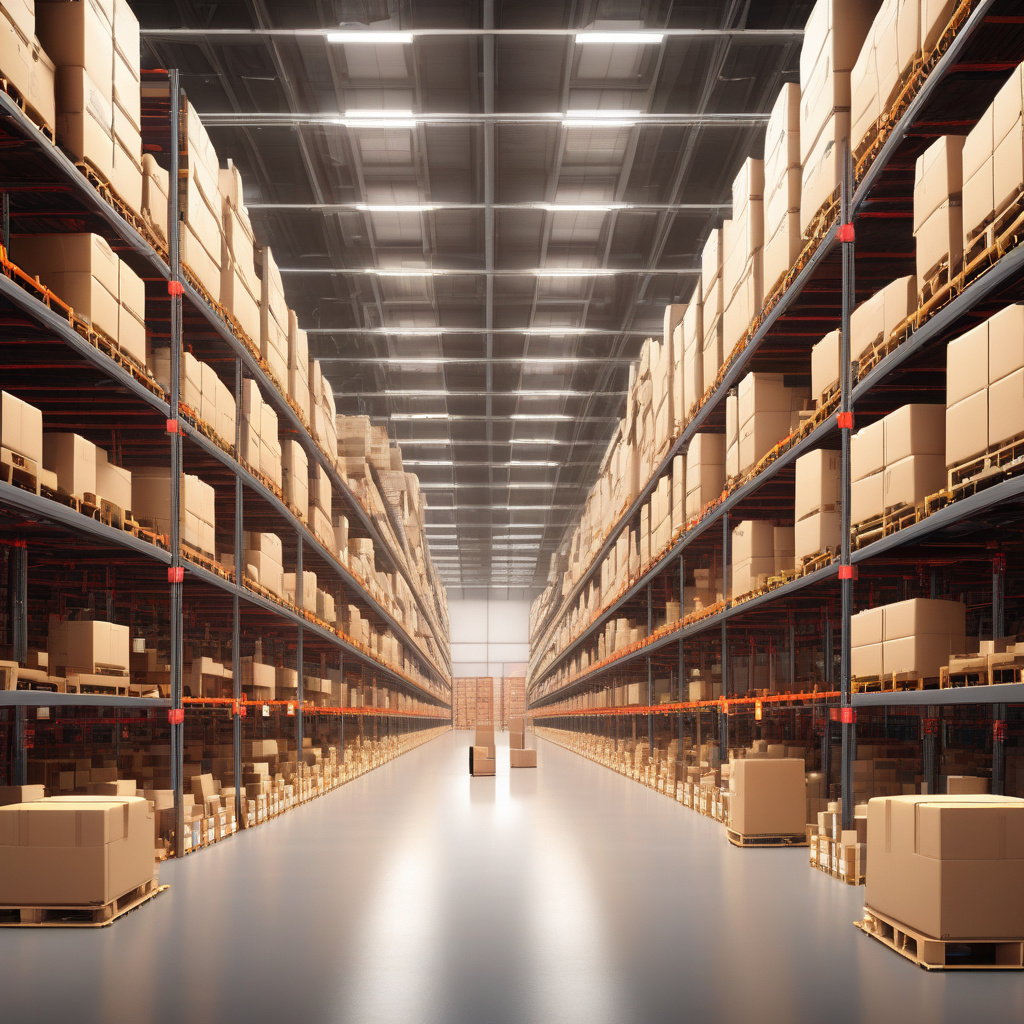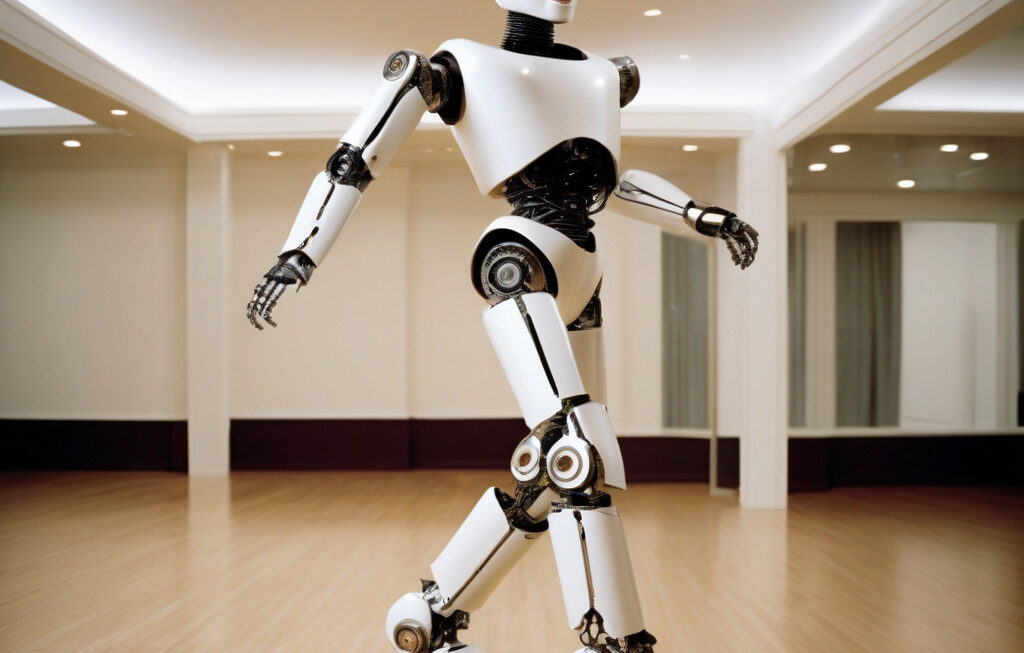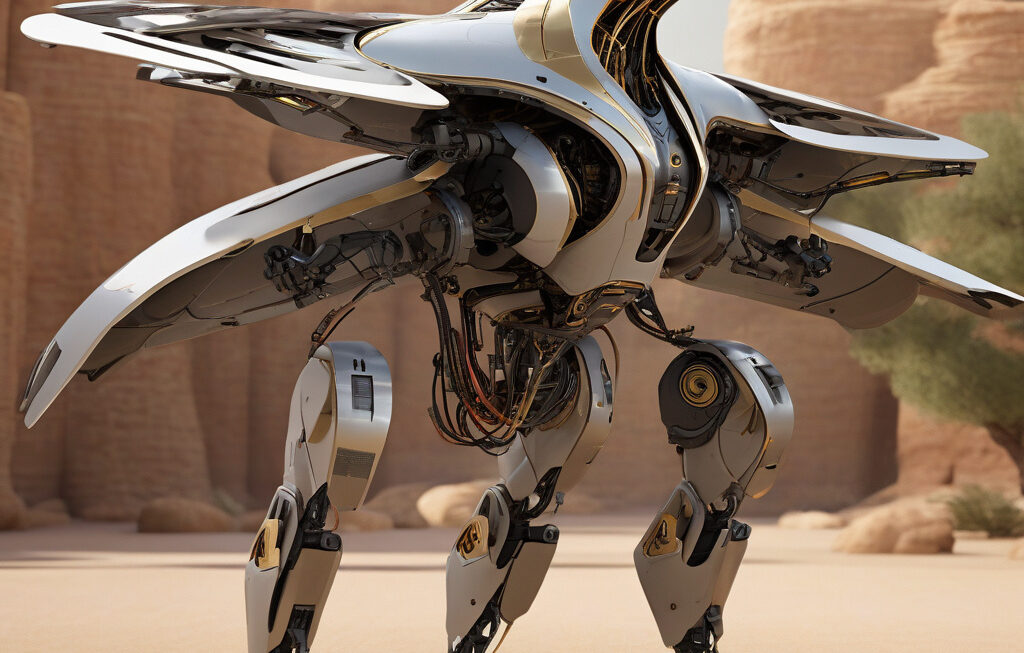The Evolution of Logistics: How Warehouse Automation and Human-Robot Collaboration are Revolutionizing the Industry
Manufacturing and logistics are under increasing pressure to become more efficient, more flexible, and more technologically advanced than ever before. As the demands of consumers continue to evolve, businesses are seeking innovative solutions to streamline their operations and meet the growing expectations for faster deliveries and lower costs. In this rapidly changing landscape, warehouse automation and human-robot collaboration have emerged as key drivers of transformation in the logistics industry.
Warehouse Automation: Enhancing Efficiency and Accuracy
Warehouse automation technologies, such as automated guided vehicles (AGVs), robotic pickers, and automated sorting systems, are revolutionizing the way goods are stored, picked, and shipped in distribution centers around the world. By leveraging these technologies, businesses can significantly increase operational efficiency, minimize errors, and reduce labor costs.
One prime example of warehouse automation in action is the use of robotic pickers in fulfillment centers. These sophisticated robots are equipped with advanced sensors and machine learning algorithms that allow them to navigate through warehouses, locate specific items, and pick them from shelves with remarkable speed and precision. By automating the picking process, businesses can fulfill orders faster, minimize product damage, and optimize inventory management.
Human-Robot Collaboration: A New Era of Synergy
While warehouse automation offers a wide range of benefits, human-robot collaboration is taking efficiency and productivity to the next level. Instead of replacing human workers, robots are now being designed to work alongside them, complementing their skills and capabilities to create a more dynamic and flexible workforce.
For instance, collaborative robots, or cobots, are designed to assist human workers with repetitive or physically demanding tasks, such as lifting heavy objects or packing items into boxes. By taking on these tasks, cobots help reduce the risk of workplace injuries and allow human workers to focus on more complex and value-added activities, such as quality control or customer service.
The Future of Logistics: A Seamless Integration of Technology and Human Expertise
As warehouse automation and human-robot collaboration continue to gain traction in the logistics industry, the future of supply chain management is poised to undergo a significant transformation. By integrating advanced technologies with human expertise, businesses can create more agile, responsive, and customer-centric operations that can adapt to the ever-changing demands of the market.
Furthermore, the data generated by automated systems and robots can provide valuable insights into operational performance, inventory levels, and customer preferences, enabling businesses to make data-driven decisions and optimize their supply chain processes in real time. This unprecedented level of visibility and control is essential for staying competitive in today’s fast-paced and unpredictable business environment.
In conclusion, warehouse automation and human-robot collaboration are reshaping the logistics industry in profound ways, enabling businesses to operate more efficiently, adapt to changing market conditions, and deliver superior customer experiences. By embracing these transformative technologies and fostering collaboration between humans and robots, businesses can unlock new opportunities for growth, innovation, and success in the digital age.
efficiency, warehouse automation, robotics, logistics, human-robot collaboration












